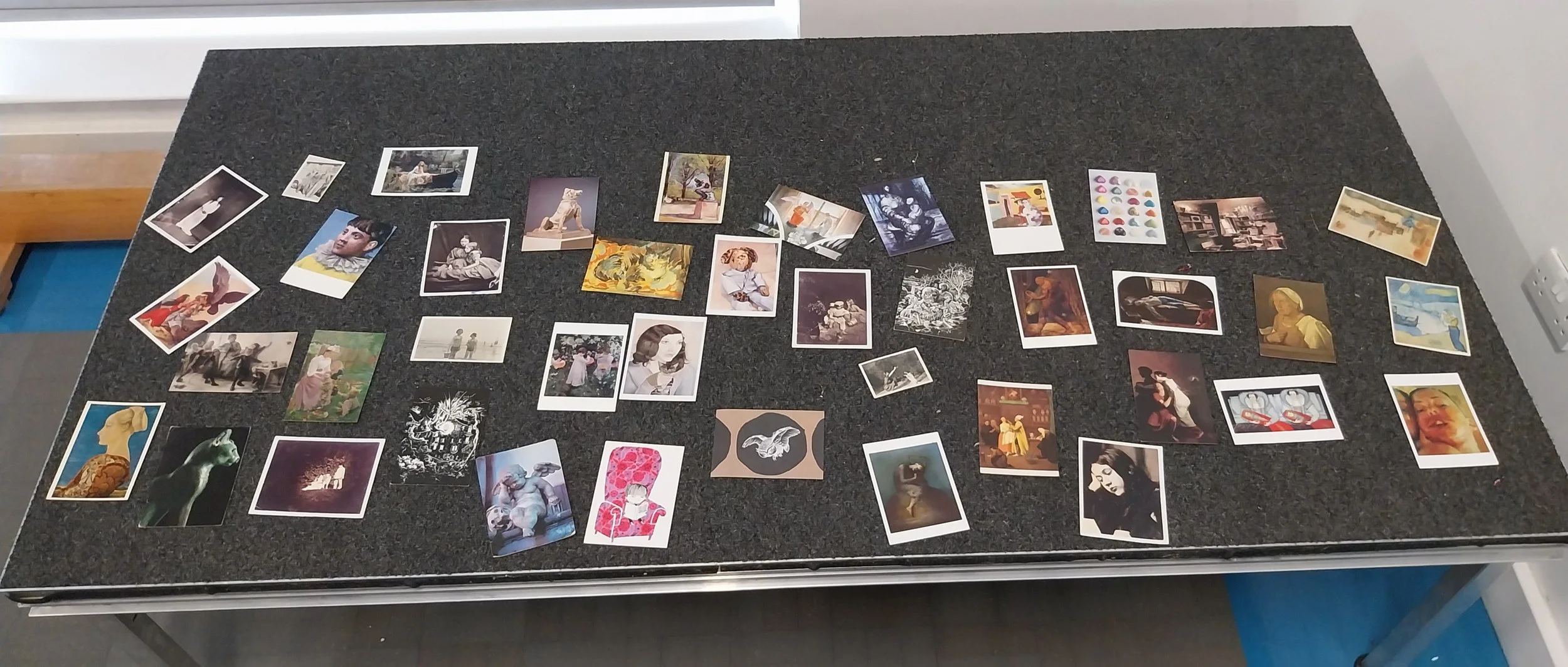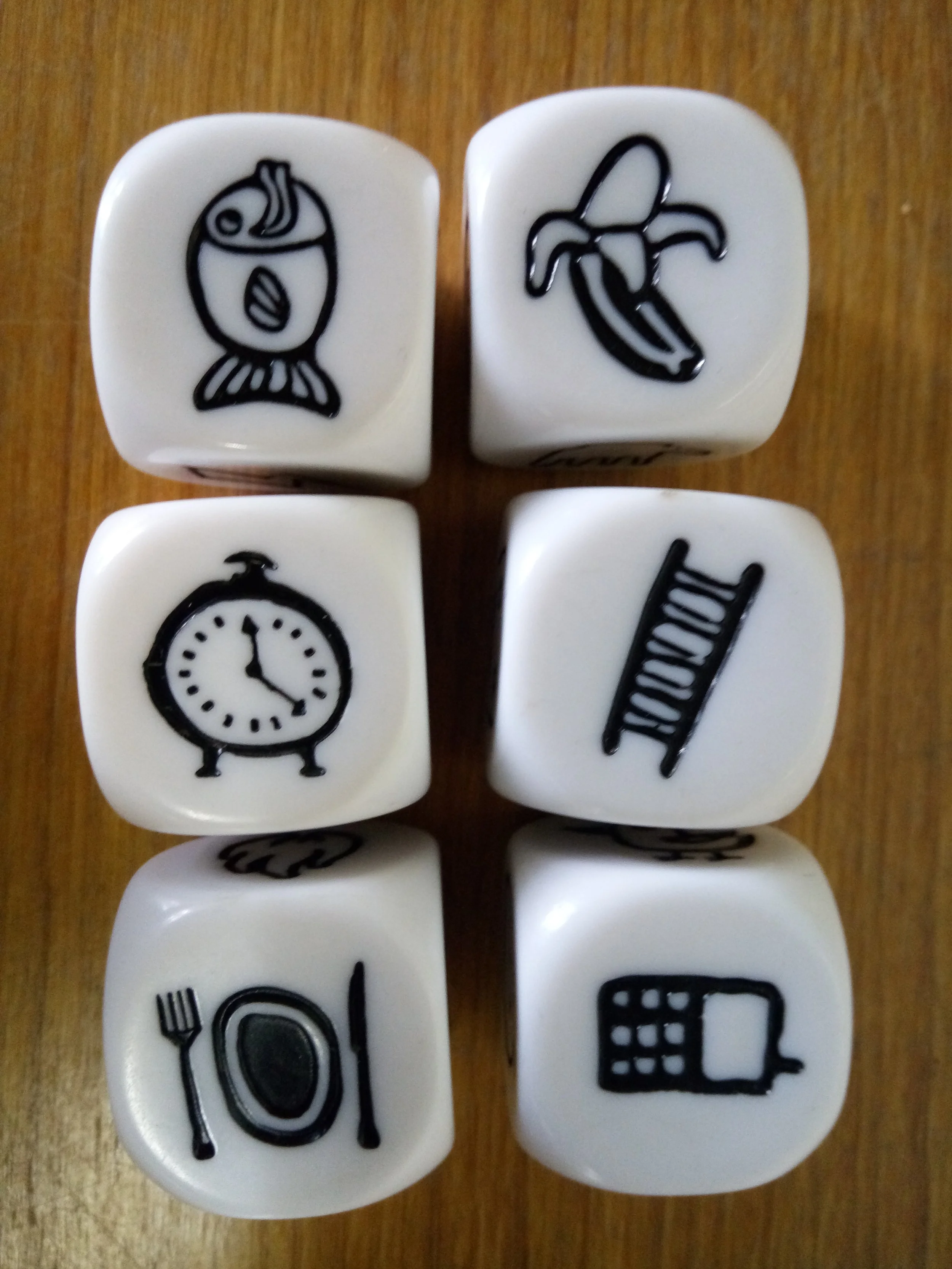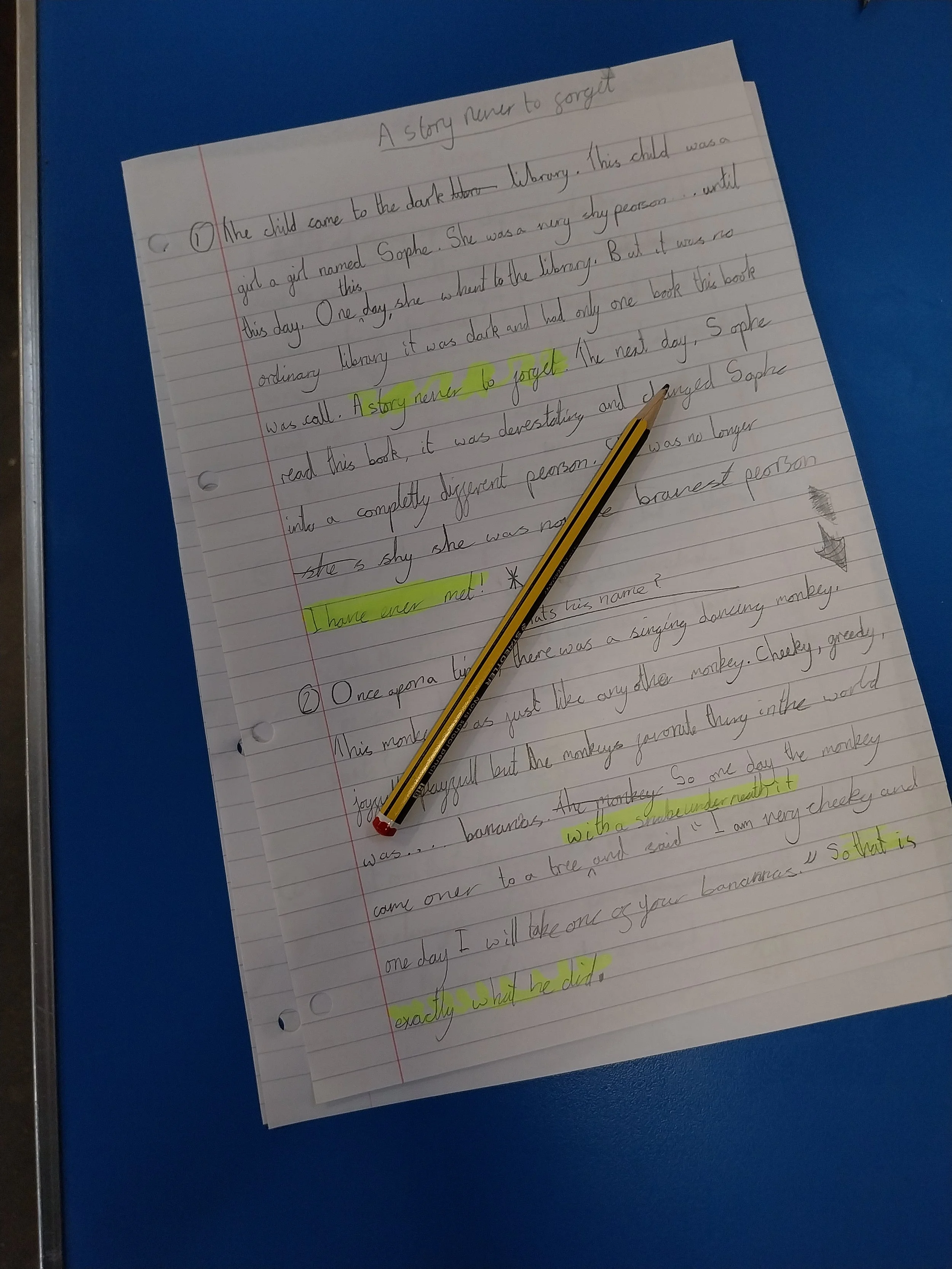Alan Durant - AIM High Writing
Alan Durant
AIM High Writing
Summary
Age range All Ages
Books Yes
DBS Checked Yes
Booking
Contact
+44 (0)1535 656015
aimhigh@caboodlebooks.co.uk
Alan Durant has written more than 100 books for children of all ages – and won many awards.
About Alan
Alan writes lots of different styles of books – from teenage thrillers to picture books, from football to fairies – and in a wide variety of genres, including poetry.
Alan’s work was featured in the BBC series English Express, which won a Children’s Bafta Award, as did the episode of CITV’s Bookaboo that featured his picture book Burger Boy. He is a member of NAWE and The Society of Authors and runs regular picture book writing courses for The Guardian and Penguin Random House.
Alan’s AIM High Writing Days
Here is a typical outline of one of Alan’s days. The timings and exercises are modified depending on the year groups etc.
Prior to everyone arriving Alan spends time making the room as unclassroom-like as possible as he wants the set up of the room to be conducive to creative productivity and, as the day progresses, interconnection with children from different schools.
9.30 Welcome and Introductions
Alan talks about how he became a writer, what and how he writes and shows some of his work. The children are encouraged to ask questions. The children introduce themselves including a few words about a favourite book or genre of writing. Throughout the day, the children are encouraged to voice their ideas, opinions and reactions to the activities of the day, in line with the National Curriculum objectives of oral expression, composing and rehearsing sentences orally, evaluating and discussing their work and the work of others in the group, and contributing to the day through speech as well as the written word.
10.15 - 10.45 Ice-breaking Writing Activity - a game or exercise.
This could be a simple sentence prompt (as in “the child came to the dark library”); the writing of a brief, but properly constructed story inspired by storydice (six dice are thrown and the images revealed are drawn on a whiteboard or flipchart by two volunteer artists from among the group and become the mandatory ingredients of a story that each member of the group produces); the sequenced oral storytelling game Fortunately/Unfortunately (based on Alan’s picture book Unfortunately); mini sagas created from a Jibber Jabber device that he invented (based on the chatterbox or fortune teller model, but with settings, characters and endings instead of colours numbers and consequences).
As well relaxing children with their fun game element, these activities offer a opportunity to consider some of the most fundamental elements of story writing – characters (and especially protagonists), settings, structure and plot, all of which are highlighted in the National Curriculum as key aspects of narrative to be explored.
10.45 – 10. 50 Editing
At the end of each writing activity, Alan insists that children read back over their work and challenges them to make at least three changes – these may be corrections or improvements. Children are notoriously unenthusiastic about redrafting, but Alan makes a point in his introduction the importance of editing and how many drafts he has to go through before submitting a work for publication and even subsequently when the story has been accepted by a publisher. This first story is only supposed to be short and he expects everyone to finish within the time limit. Of course there are always some who finish very quickly – too quickly in fact – and Alan urges them to push on further, as invariably, their story isn’t satisfyingly concluded; it’s more that they’ve reached the point where the writing of the story has become more difficult. As children finish, Alan asks them to swap stories with another member of the group and make any comments carefully in pencil. Proof-reading, evaluating and assessing are all mentioned in the National Curriculum as areas of narrative writing to be addressed. But actually they are of huge importance to every writer of fiction (and non-fiction).
10.50 – 11.00 Sharing Writing
Having the opportunity to share writing is a really important part of the day and Alan tries to get as many children as possible to participate. There are some children who will always volunteer and are happy to share over and over, but Alan encourages (while absolutely not bullying or compelling) those who are less confident and outgoing to contribute too. His aim is that over the whole day, the majority of children involved will have shared some of their writing. Alan offers brief feedback on each piece of writing shared – positive in tone, but trying to pick out one aspect of the writing to illustrate a point about the craft that will benefit all of the participants (the repetition of a largely superfluous word such as “then”, for example, or the overuse of dialogue, leading to a brief overview of dialogue’s pros (a great way of showing character) and cons (a bad way of passing on information and can slow down the action).
11.00 – 11.15 Break
11.15 – 12.30 Second Writing Activity
The aim of this activity is to give the children a loose structure to explore their writing. The exercise may be one from the first batch that we didn’t use or something more context-led. I often use the very last Brothers Grimm fairytale, number 150, The Golden Key, which ends on a cliffhanger. Alan allows the children to entirely retell the story, inserting their own character and changing any details (as long as there is still some kind of box and some kind of key) or to carry the story on. He stresses the importance of showing reaction to events – how a character reacts to what happens in a story gives the reader a clear signpost as to how they should feel and helps them to become involved. Creating stories based on existing texts is a favourite task in the National Curriculum for literacy.
Again, at the end of the activity, there will be time set aside for editing and sharing stories.
12.30 – 1.15 Lunch
1-15 – 2.15 Third Writing Activity (and editing)
When the children return from their lunch break and are settling, Alan begins the afternoon session with a short reading from his work. Then all move on to the third writing activity. Alan aims to get the children to become more autonomous, to think of themselves as writers and claim ownership of the process, and not to feel they need to ask questions of the adults in the room for validation. By this afternoon session, the children are more confident and keen to create alone and less importuning of the accompanying teacher or teaching assistant (it’s vital for these learning supporters to be there, though, both to encourage, listen and assist where necessary, but also to take back and share the experience and practices of the day with the rest of their schools. The best scenario sees them also become involved as creative participants joining in the writing activities themselves).
Before the children start writing, Alan introduces the concept of planning (if it hasn’t already come up). In schools there is often a lot of emphasis on planning with mind maps and story mountains etc, but, as someone who plans only minimally, Alan thinks that too much planning can be burdensome and inhibiting - it’s often remarked by teaching assistants who participate in the AIM sessions that it’s refreshing to see the children just sit down and write with freedom and spontaneity. The planning that Alan believes is most helpful and worthwhile is a) to think carefully about the story’s protagonist and what it is about them that warrants a story - do they have a gift, a talent, a problem, a peculiarity, a situation that needs addressing? – because this is what will drive the narrative and b) to have some kind of idea of how roughly the story will end. This helps with structuring the story and should lessen the possibility of getting the dreaded writer’s block.
The stories the children write in the afternoon may be sparked by objects or media Alan supplies – fossilised sharks’ teeth, coloured stones, shells, buttons, old photographs – or by exercises and discussions from earlier in the day or ideas that they already have in their head. Alan wants the children to have as much freedom and autonomy as possible. and to write about what truly interests and engages them.
2.15 – 2.35 Sharing Stories (and feeding back)
2.35 – 2.45 Plenary
Alan asks the children to each state something they have learnt from the writing day and urges them to share their writing and experience with their teachers, the rest of their class and, indeed, the rest of their school. They may have been the ones selected to attend the day – and hopefully they will gain much from it - but what they share of their experience can be of benefit to many others. He hopes – and expects – that they will leave more confident and empowered as writers, having been challenged to think the way a professional writer does and with new insights into such key matters as characterisation, setting, plotting and structure, but also stylistic issues, including the appropriate use of punctuation, grammar and vocabulary – and, of course, the necessity of editing and redrafting. And, most important of all, absolutely no rubbers!
Literacy Workshops
In recent years Alan has gained a reputation as a motivator of reluctant writers – often, though not always, boys. Alan was a reluctant writer himself when at primary school. His days for reluctant writers vary but always involve writing games and activities that will engage the students and show them how enjoyable writing can be when you write about things that mean something to you: a place, a hobby, an experience. You can create an extraordinary story from your own life – you don’t need zombies!
A Selection of Alan’s Books
Bookings
To book Alan Durant please contact
aimhigh@caboodlebooks.co.uk
Alan also offers visits to schools and other settings, click here for more information,







